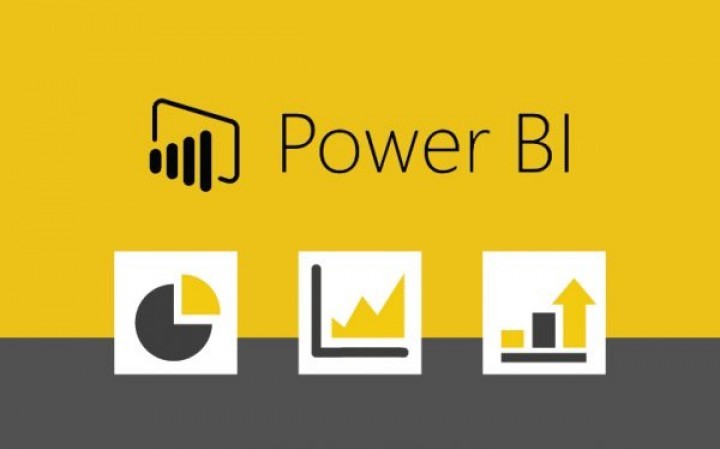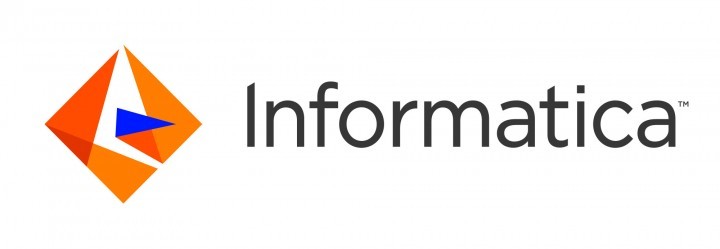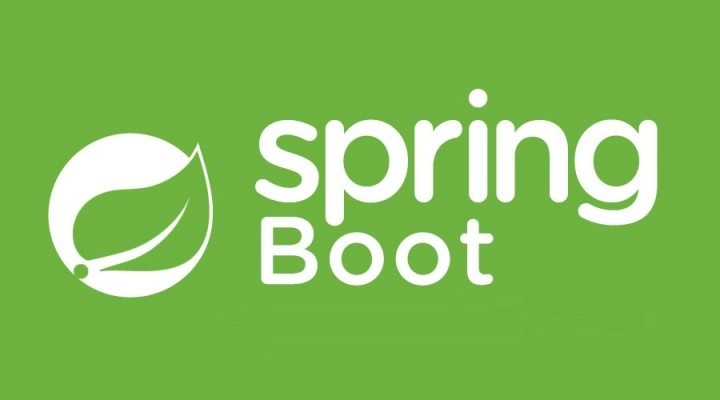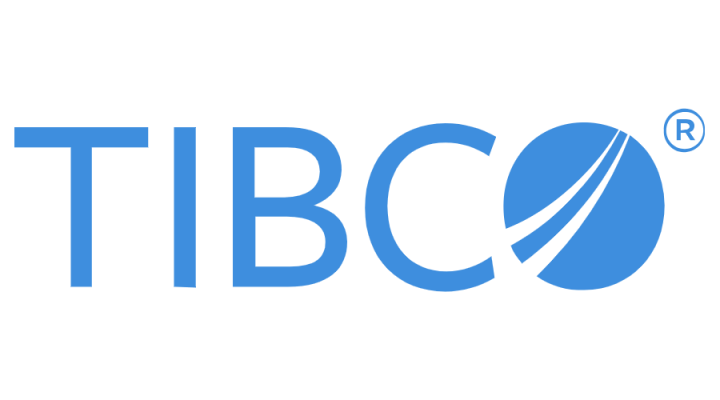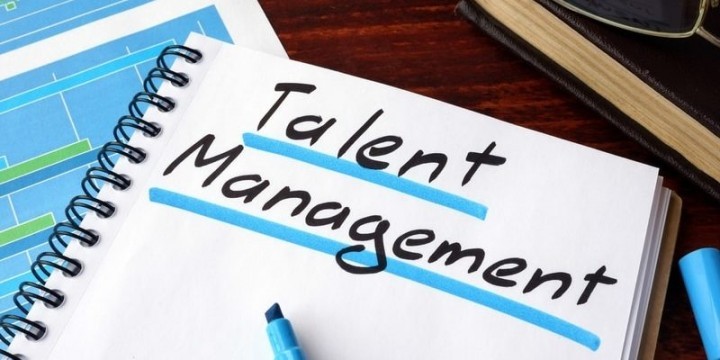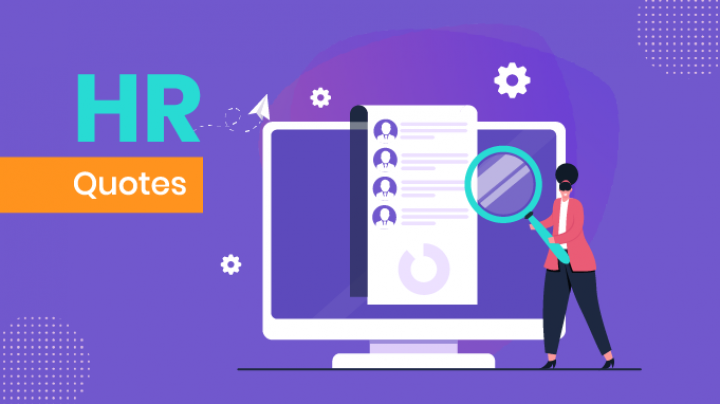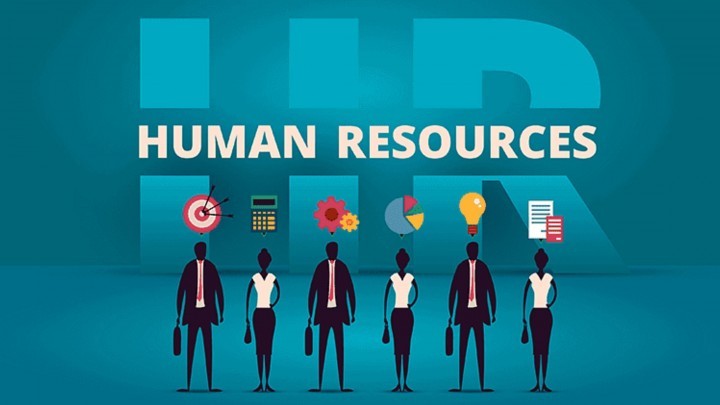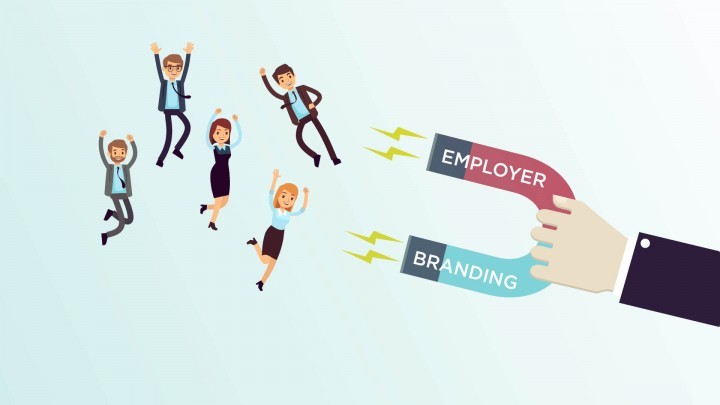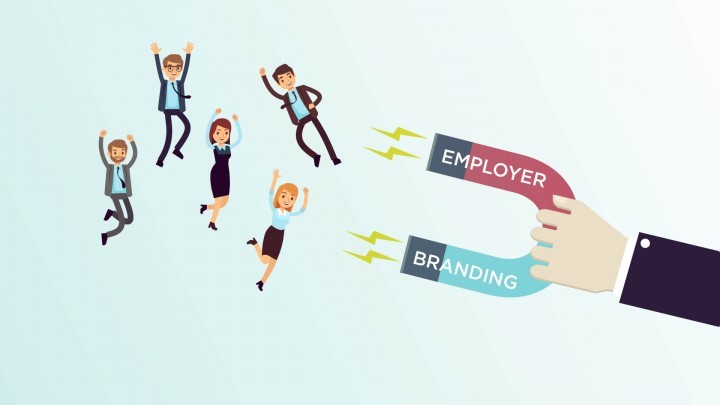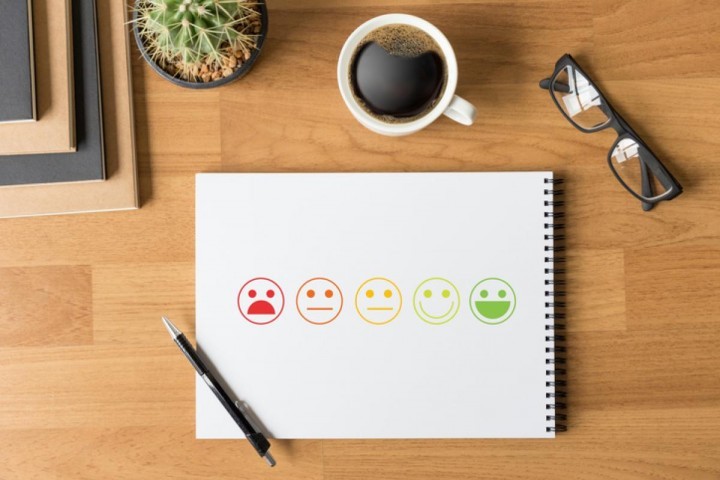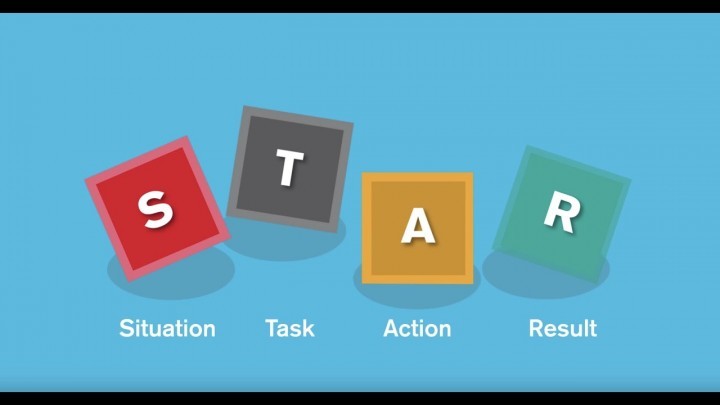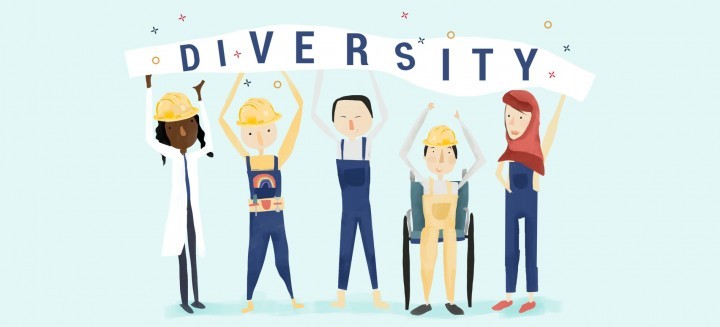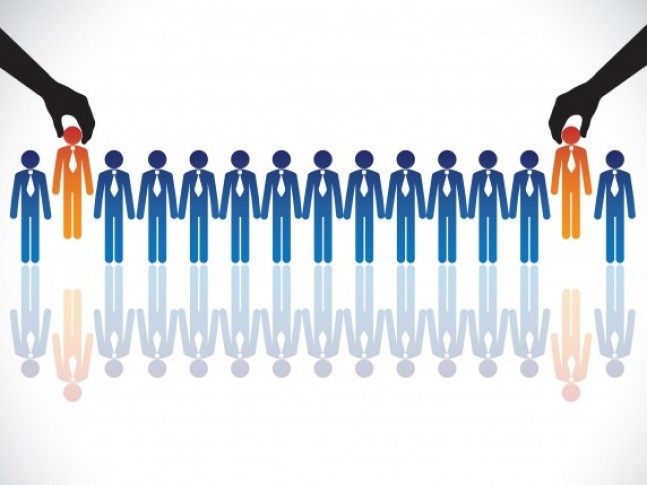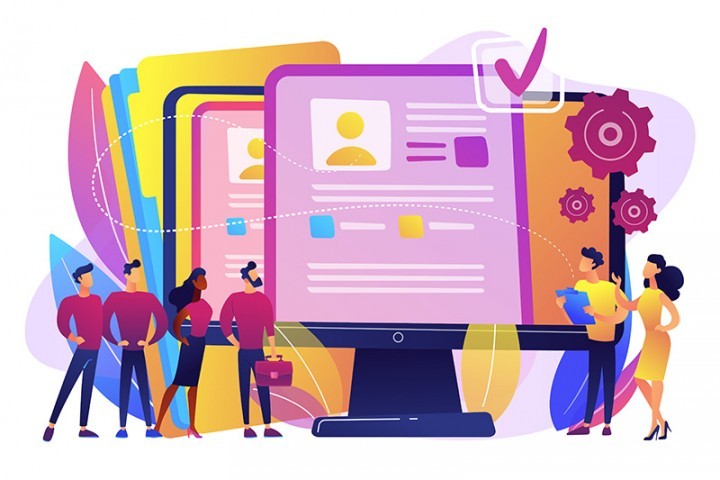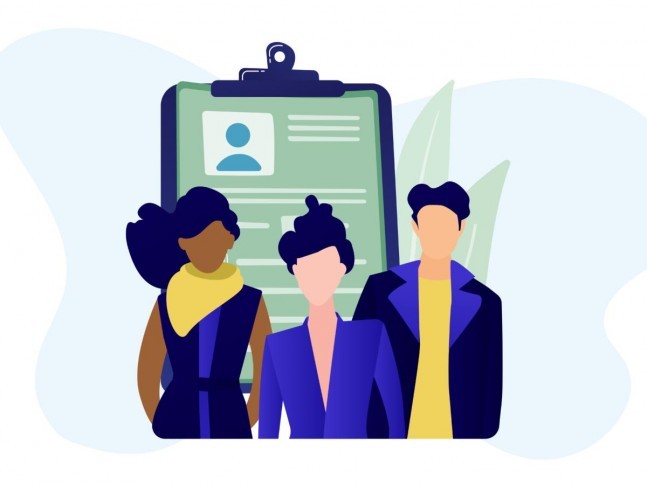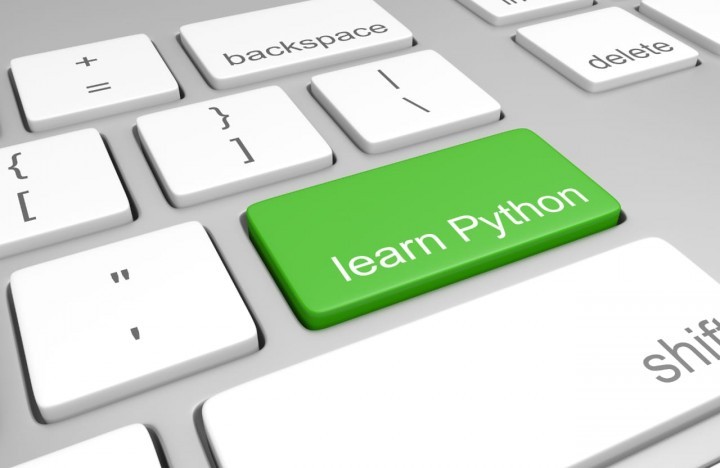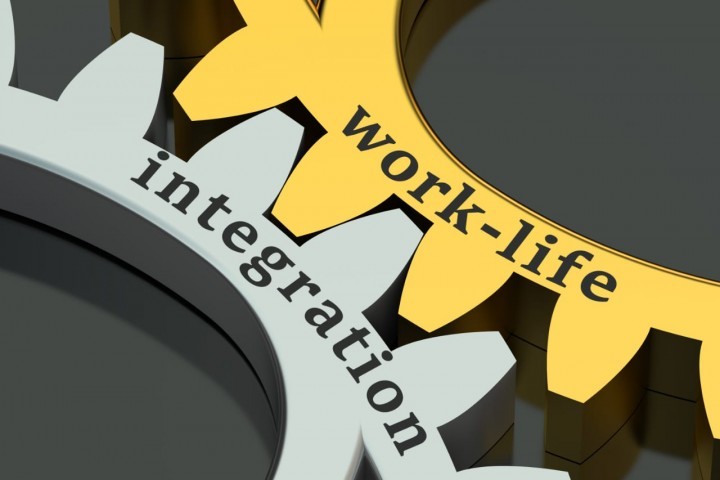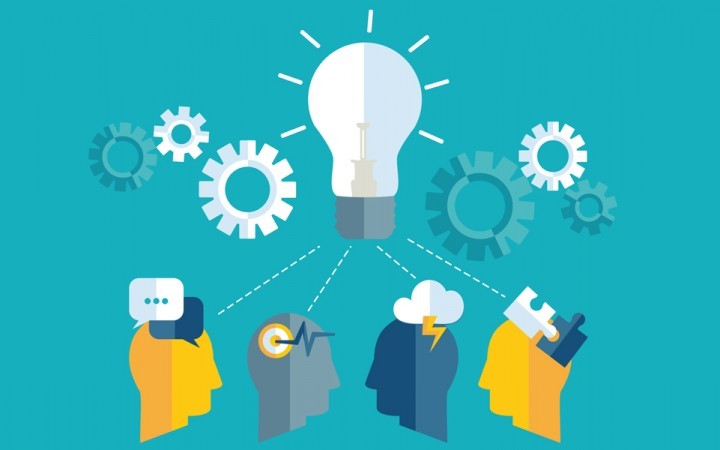
Ultimate guide to competency framework development
Competencies are the integrated knowledge, skills, judgment, and attributes that people need to perform a specific job effectively. By defining a set of competencies for each role in your business, you can communicate to your employees which behaviours the organization values and added to achieve its objectives.
It may seem impossible to measure how well your employees are doing their jobs. You can observe and evaluate any worker’s competency to an extent, and this will help you in job recruitment, retaining human resources, sorting existing staff, and development. But that is not enough for the success of the organisation.
If you can’t define your competencies, you can’t measure them. And if you can’t measure the success of your employees, you won’t know whom to promote or how to help those who are struggling in their roles. There comes the need for developing a competency framework for your organisation.
A competency framework is a tool that helps the organisation of any sector achieve its goal with its workforce. It can help your company in these efforts. Furthermore, competency development helps your employees grow in their jobs and expand their skill sets.
With the competency framework each employee will have a clear idea about his role; and then he understands the value and importance of his contribution towards his job. This will keep the employee motivated and will do his work more efficiently.
Role of competency framework
Developing a competency framework in your organisation will help you to:
- Measure an employee’s skill and success in a job role
- Understand better about the exact of skills needed for each position, thereby recruiting high quality staffs
- To set limits and enhance current skills of the current employees
- Sculpting a super performing workforce
The competency framework is meant to be shared with employees so they have clear expectations of their roles and understand how these competencies contribute to the betterment of the organization as a whole. This will help you in building a high performing organization with capabilities to proactively address the business needs.
How to develop a competency framework?
Competency frameworks may differ in their structure for each role. So let us keep a generic framework for all employees covering the basic competencies and; a more complex system of skills related to specific jobs and seniority levels. Whatever it may, lets discuss how we can develop a competency framework from the scratch.
1. Determine the purpose
Once you are decided to develop a framework you should be thorough about its scope; like for what, how and who all will be using the framework. Because, there is a huge difference between developing a framework that will be used to sort and hire candidates and developing a framework that will be used to determine annual raises. So, clarifying the competency framework’s purpose before you begin researching will save you time and result in a better framework.
2. Outline the principles
Before you start developing the framework, start with the basics and start outlining the principles of the framework you are about develop. And start with understanding the organisational goals and then reach out to persons involved in each role to understand more about the job characteristics. Make sure that you include only competencies that are relevant to specific roles you’re going to work with.
Along with the research process, communicate with the employees about your mission and why you are developing such a framework and how it is going to be executed. The more transparency you bring in advance, the smoother the implementation process will go.
3. Information gathering
You need to gather information from those who are most familiar with each role. The more time and effort you spend on competency analysis, the better your framework will be. A few ways to get maximum insights from your colleagues, executives, and employees regarding the key competencies might include:
Observation: Observe how people are performing their work. Spend time observing each role in your organization, making notes about what you observe.
Direct conversation: You can opt either a group conversation or 1-1 chat. Either the method, your main goal is to get as many valuable insights into what is needed for each role’s success as possible.
Surveying: A survey will help you perform a thorough job analysis. It’s smart to gather information in multiple ways; sometimes questionnaires yield better responses than in-person observations.
4. Draft a framework
You will now have lists of behaviours and responsibilities for each job you have observed. At this stage, it’s essential to check you’re going to include only competencies you can measure or reconcile with specific seniority levels, like Junior, Middle, Senior, Expert.
You may have as many competencies for each role as you feel the job demands. The goal is to make sure that the competencies you identify are truly “make or break.” If you wish, you can narrow down the number of competencies per each role up to 20 max and group them into clusters. You can split your competencies into hard skills and soft skills groups or use a more detailed and job-specific approach for creating subgroups. Make sure you name the competencies clearly and in simple language, so that they don’t require much explanation.
Once you’re done, validate and revise the competencies to ensure they are relevant and crucial for effective work performance in specific job roles. When everything looks good, it’s time to test the framework and gather feedback. For this, involve your project team and a few employees who’re ready to participate in this experiment and share their thoughts and comments.
5. Implement the framework
To help get buy-in from members of staff at all levels of the organization, it’s important to explain to them why the framework was developed, and how you’d like it to be used.
It’s easiest to unveil the competency framework in a meeting so you can go over the goals of the competencies, provide training, and show how the framework is a truly beneficial tool that can help employees feel more empowered. Remember that most employees aren’t familiar with competency frameworks, so be patient as you explain its purpose.
While implementing the framework in your organisation, keep in mind the below points:
- Make sure the framework is well aligned with the organisational goals.
- Ensure that the right competencies are rewarded as per the company policy
- Make sure the company can provide relevant coaching and training to help employees upgrade their competencies
- Make the framework convenient and straightforward to use
By defining crucial skills and competencies for each role, you can help your organization future-proof the workforce, get ready for future challenges, and support your employees in their aspirations to grow and develop within the company.
A competency framework is really just a way to help your employees and, in turn, your organization succeed. It’s a great tool to gauge areas of strength and weakness and provide real, meaningful training opportunities. You’ll also be able to locate gaps in your business model and find people to fill those gaps for a more efficient team. Competency frameworks take significant time to develop, but the effort is rewarded with more empowered employees who feel confident that their roles are understood and their managers are invested in their improvement and success.
HRavailable keeps you updated on the latest news in the job market.
Get notified about the latest job openings through HRavailable and never miss a chance to get noticed by the recruiters.



